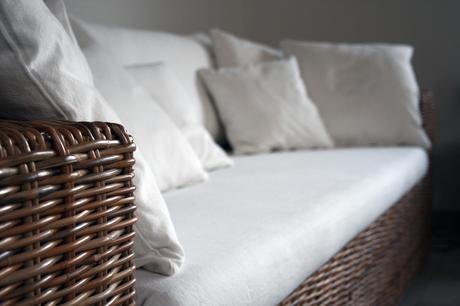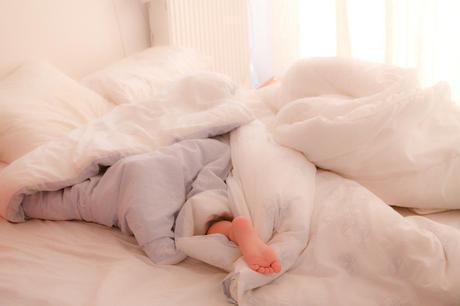
It’s probably not a common question in your mind until you wash the sheets. You rip off the pillowcases, and there lies the nastiest item you’ve seen in a while—your pillow. It doesn't take long for a pillow to yellow and become stained, but should you throw it away just because it looks gross? First, let’s answer some simple questions.
What causes the yellowing and stains?
There are several factors involved here. The most common is from your body fluids. As you sleep through the night, your body continues to sweat. Your head and face excrete oils, and if you sleep deeply, you may also drool. These can contribute to the stains you see on your pillow.
Your pillow will also yellow from oxidation and product breakdown. Manufactured white fabrics contain whitening agents that give them a “brighter, white” look. These products can breakdown through washes and sun exposure.
What are the signs of a bad pillow?
First, how old is it? Some say a pillow can last for over two years, however, depending on the quality and type, it can be much less than that. If your pillow has seen a lot of use, it’s probably infested with mites, dead skin, and other allergens. This can cause it to be heavy and smelly.
To see if your pillow has gone the trip, lay it on a flat surface (without the pillowcase), and see if there are lumps and bumps in it. Is there a dent where your head lays? If your pillow is dumpy, lumpy, or has to be fluffed and prodded for comfort, you shouldn’t keep using it.
You can also perform the spring test. Fold the pillow in half and hold it for at least 30 seconds. If it doesn’t bounce back to its original state, it may be time to purchase a new pillow.
How can you save it?
For some reason, we get emotionally attached to arbitrary items like bedding. Do you want to try and salvage your pillow for longer use? Here are a couple of options.
1. Wash it. We can’t promise it will come out looking and feeling the same, but it can add some life to your pillow. However, while washing can help remove some of the dirty aspects of your pillow, continual washing can cause it to break down faster.
2. Put a protector on it. If you’re not ready to give up your favorite pillow, and it’s passed the above tests, purchasing a pillow protector can add some years. Most pillow protectors are washable, so you can wash them when you change your sheets, and it shields the pillow from bacteria and dust mites that want to make a home inside. It’s recommend that you use protectors for all your pillows, especially if you’ve purchased a new one and you want it to last.

Photo by Flickr user, Brandon Atkinson
What to do when there’s just no hope?
So you’ve decided that the time has come. You must say goodbye. What should you do with your old pillow? You can find several ways to dispose of and reuse old pillows here.
We hope this article has been informative. If you have any suggestions on pillow care or ideas of what we should write about next, leave us a comment!
When Should You Throw Away Your Pillow? by Liz Carroll
